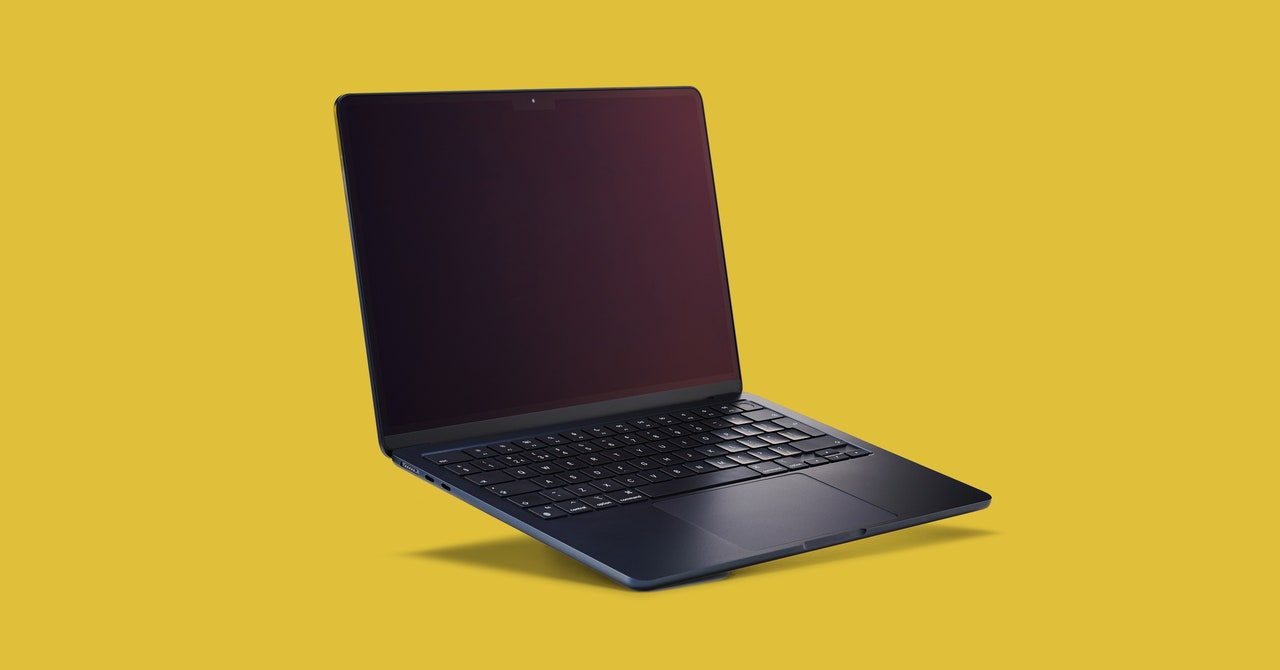The next two or three numbers (“55”) refer to performance. The higher these numbers are, the more powerful the chip is. This is only true within that chip line. Intel Core i7-1365U is slightly more powerful than Intel Core i7-1355U, but much less more powerful than Intel Core i9-1335H. The i9 chip is always more powerful than the i7, the i7 more powerful than the i5, and the difference is greater than the difference between any two chips in the same chip line.
The letter at the end of the chip name (“U” in our example) is Intel’s designation for the purpose of the chip. For laptops, the letters you’ll see at the end are Y, U, H, and HX. The Y-series chips are optimized for battery life, which is good if you’re often away from an outlet for long periods of time, but that extra battery life comes at the expense of some performance. The H chips are optimized for performance and the U chips are “power efficient” but not as “extremely” efficient as the Y line. The latest in the line is the HX designation, which Intel calls “desktop replacement class.” They are the most powerful of the bunch, but the battery life will be shorter than laptops with HX chips.
AMD processors
AMD’s chip naming is just as difficult to decipher as Intel’s. In the AMD Ryzen 5 7600X name, “7” is the generation (how old it is; more is better) and “6” is how powerful it is. “6” would make this example a medium power chip, while 3 or 4 would be weaker (slower). The next two numbers don’t have a big impact on anything. The “X” at the end stands for high performance. Other letter designations include U for ultra-low power (for better battery life).
Is there a big difference between Intel and AMD chips? My experience, testing dozens of both each year, is that it depends. Generally speaking, Intel i5 is indistinguishable from Ryzen 5 outside of very specific benchmarks. They’re similar when you’re doing things like browsing the web or editing documents. The same goes for Intel i7 and Ryzen 7, and Intel i3 and Ryzen 3.
Graphics performance is where you’ll notice the difference. In my testing, both in benchmarks and in real-world work use, AMD’s integrated graphics tend to outperform Intel’s on graphics-intensive tasks—think video editing or gaming. Intel’s latest lineup of chips has narrowed that gap significantly, but AMD still has the upper hand. You might benefit from buying an AMD machine if you’re a video editor or gamer, but what you most likely want is a dedicated graphics card. (More on this in the GPU section below.)
How much processing power do you need?
If you’re a typical user who uses a web browser, Microsoft’s Office Suite, and maybe even some photo editing software, we recommend a laptop with a 10th generation Intel Core i5 processor or higher. It would display something like “Intel Core i5-10350U.”
If you can afford it, an Intel i7 chip makes a nice upgrade and will make your laptop faster. More power often means shorter battery life, so you’ll need to balance that with your needs. A gaming laptop, for example, would use an i7 (or i9) chip, but an i5 is usually good for less demanding tasks. Likewise, for the average user, the AMD Ryzen 5000 series will suffice, but the Ryzen 7000 makes a nice upgrade—again at the cost of battery life.
